US ADP private employment grew only 117k in February, below expectation of 168k. BY company size, small businesses added 32k jobs, medium businesses added 57k, large businesses added 28k. By sector, goods-producing jobs contracted -14k. Service-providing jobs grew 131.
“The labor market continues to post a sluggish recovery across the board,” said Nela Richardson, chief economist, ADP. “We’re seeing large-sized companies increasingly feeling the effects of COVID-19, while job growth in the goods producing sector pauses. With the pandemic still in the driver’s seat, the service sector remains well below its pre-pandemic levels; however, this sector is one that will likely benefit the most over time with reopenings and increased consumer confidence.”


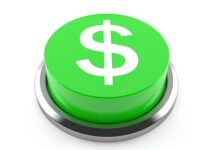

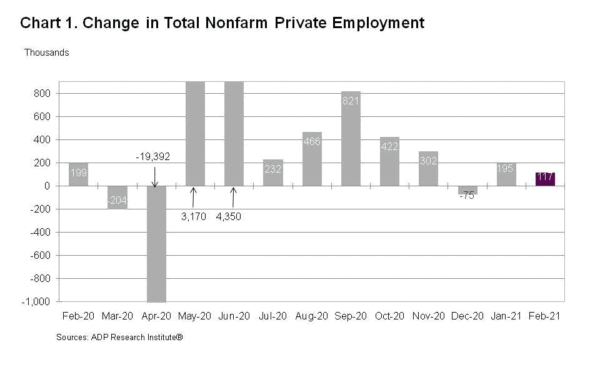
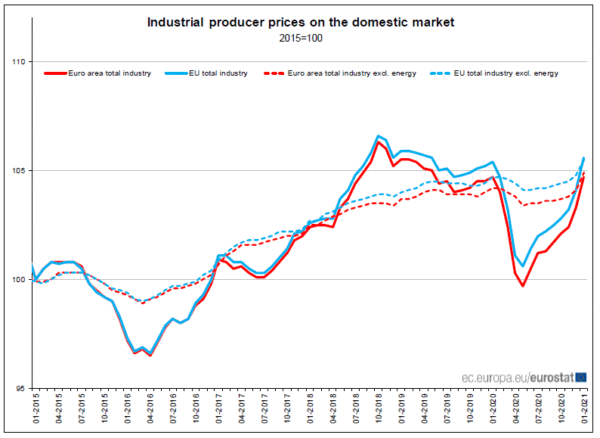
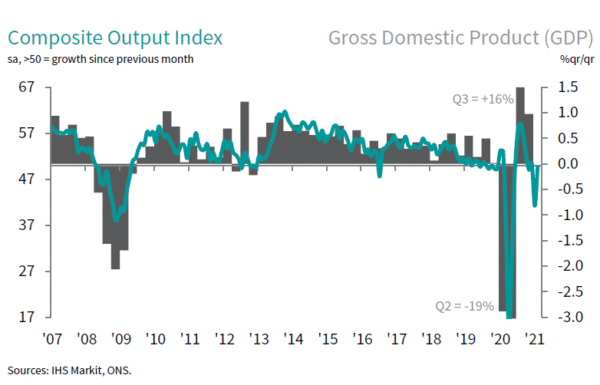
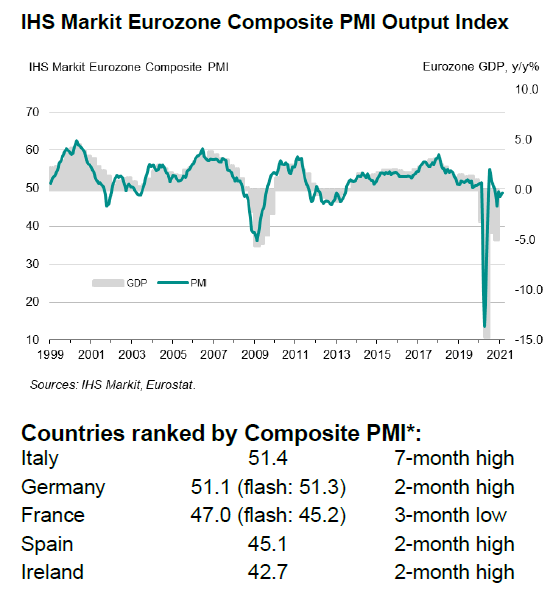
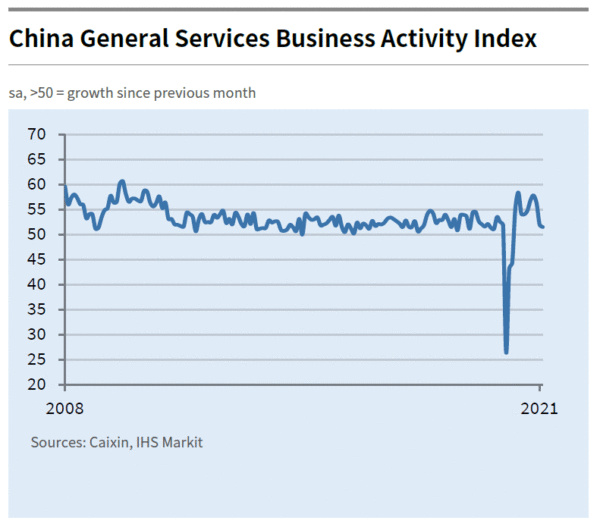
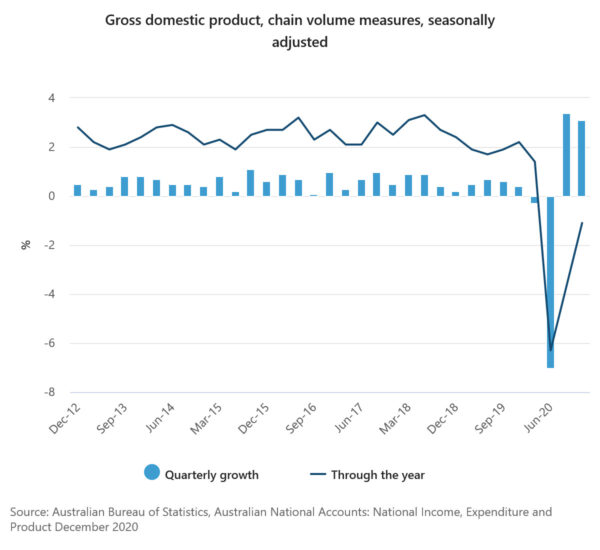

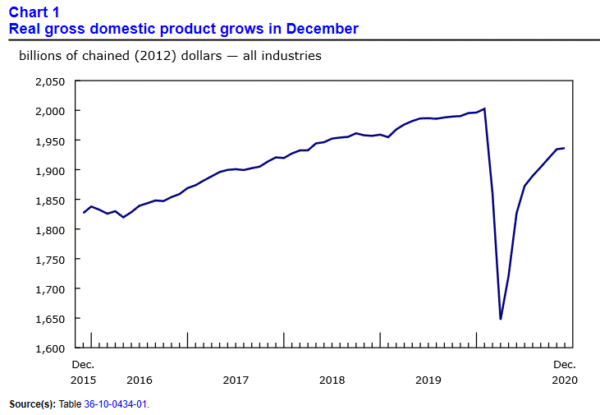
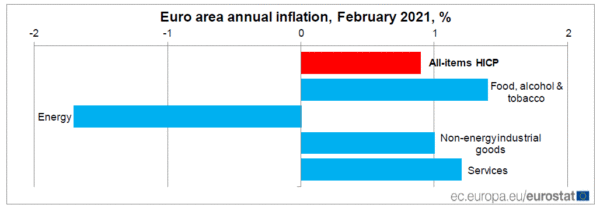
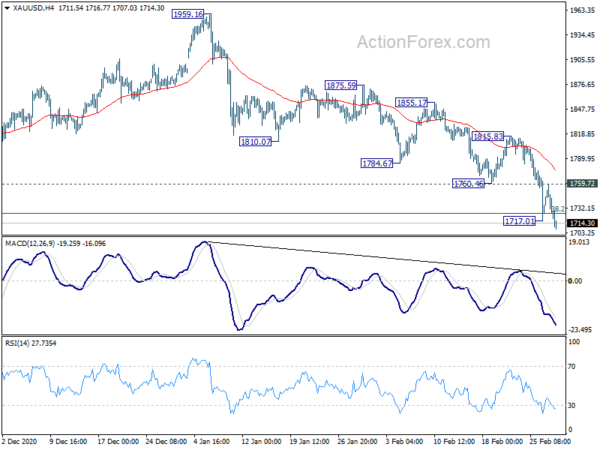
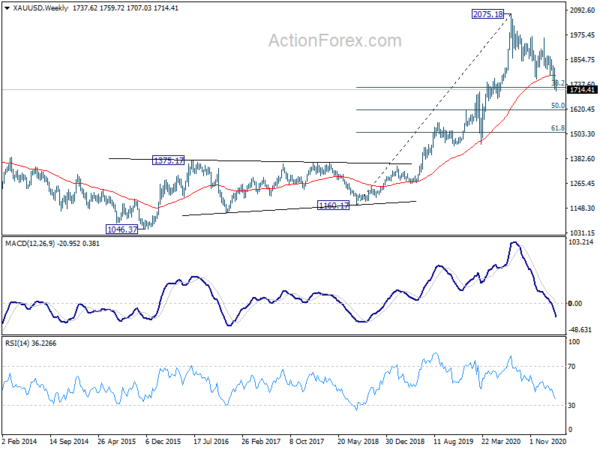

ECB de Cos: Increase in long term nominal rates may have negative impacts
ECB Governing Council member Pablo Hernandez de Cos said today, “the increases in long-term nominal interest rates have not been accompanied by increases of the same magnitude in long-term inflation expectations. This may have a negative impact on economic activity and thus inflation.” “These developments underline the importance of avoiding premature increases in nominal interest rates,” he added.
Instead, “in a setting where inflation expectations are well below our aim, a decrease in real interest rates would have made a greater contribution to the recovery and helped achieve this aim,” he said. “The need to maintain very accommodative financing conditions is justified because we are a long way from achieving our inflation aim.”